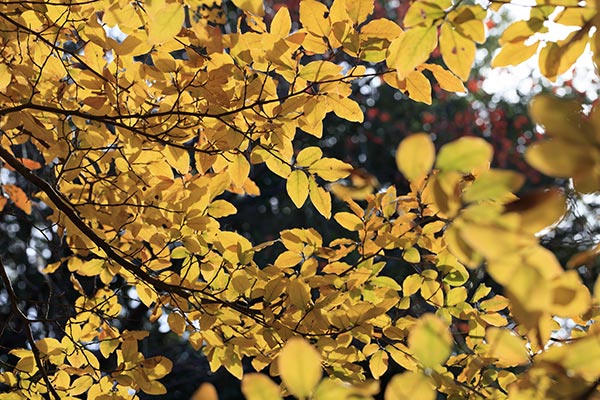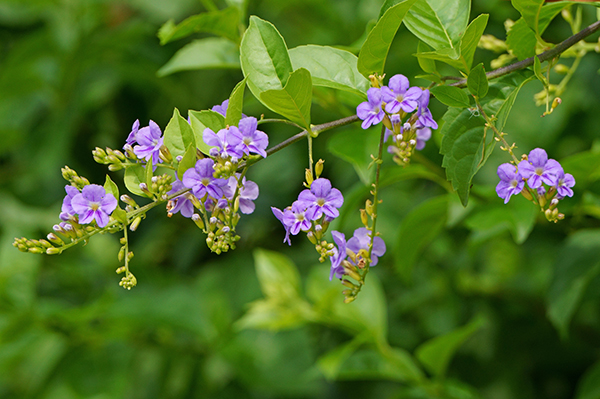Archaeologists discover cannabis in burners at 2,500-year-old Jirzankal cemetery in western China
01/23/2020 / By Lance D Johnson

A team of Chinese archaeologists uncovered ten handcrafted wooden braziers at an ancient burial site in the Pamir Mountains. These religious-style incense burners can be dated as far back as 1,000 BC. The incense burners were collected from eight tombs in Western China’s 2,500 year old Jirzankal cemetery. They contained traces of burnt seed.
Ancient Chinese mourned the dead using high-THC cannabis strains
The contents of the burners were analyzed via mass spectrometry by researchers from the Max Planck Institute in Germany. The wooden braziers were found to contain a special strain of cannabis with a high THC concentration. This is the first piece of historical evidence showing that the ancient Chinese discovered, bred and/or traded cannabis for recreational and ceremonial use. At this time in history, societal elites got high to supposedly connect with ancestors or the gods. After testing the burnt strains, the scientists found a high concentration of cannabinol, a substance produced when THC is oxidized.
“There has been a longstanding debate over the origins of cannabis smoking, there are many speculative claims of ancient use,” said Robert Spengler at the Max Planck Institute for the Science of Human History. “This study provides the earliest unambiguous evidence for both elevated chemical production in the plant and also for the burning of the plant as a drug.”
Most cannabis residues uncovered by scientists up until this point was discovered to have a low THC content. The discovery of this high THC strain could indicate that Chinese farmers were aware of the euphoric properties of this phyto-chemical and knew how to breed cannabis for recreational purposes.
Scientists conclude that the cannabis was burnt in an enclosed space, in a mountain tomb, which allowed mourners to get high back in their day. Because the cannabis was found in wooden braziers closely associated with the Zoroastrian religion, archaeologists concur that the cannabis was used as part of religious activities. The ancient Chinese believed that the euphoric feeling could connect you with ancestors and the divine.
“Nearly all the braziers contain the bio-markers of cannabis and one brazier is severely burned, implying that the braziers were being used during funeral rituals, possibly to communicate with nature, or spirits or deceased people,” noted Yimin Yang at the University of Chinese Academy of Sciences in Beijing.
Megan Cifarelli, an art historian at Manhattanville College in Purchase, New York, noted that the cannabis burning in tombs served another purpose as well: masking the smell of decaying corpses.
Of course, these societies also took advantage of hemp’s other valuable uses. The hemp plant has been used by various societies over the past 4,000 years to make ropes, cloth, paper and oil. The cannabis found in this study could have been traded along the Silk Road, a trading route that once extended from East Asia to South Asia, Persia, the Arabian Peninsula, East Africa and Southern Europe. This passage enabled the Chinese to trade silk, spices, grains, apples, pistachios, walnuts and other crops from the East to the West.
“I think with this new study we can now actually place Cannabis in that list as well as being one of these crops that originates on these ancient trade routes,” commented Robert Spengler of the Max Planck Institute. The archaeologists also uncovered glass beads, wooden plates and bowls, pieces of silk, and a Chinese harp in the mountain tombs.
Sources include:
Tagged Under: artifacts, cannabis, Herbs, natural medicine, Naturopathy, plant medicine, real history
RECENT NEWS & ARTICLES
COPYRIGHT © 2017 NATUROPATHY NEWS



















